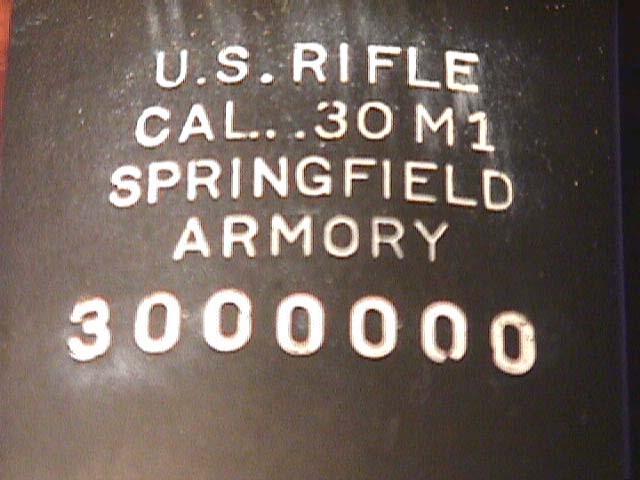Your serial number was originally stamped in before heat treatment of the receiver. I've modified Garand receivers for M1A type half-minute windage adjustments, and found drilling a hole for the detent had to be done with a tungsten carbide bit (the surface was so hard it quickly dulled a standard high speed bit). Such a surface is too hard to be further impressed by impact without risk of damage.
That leaves you with cutting, which could be done with a super high speed glass engraving type rotary air tool. Those tiny diameter tools can run up to a mind-blowing 400,000 rpm or so, but to keep control of one and avoid the risk of accidentally illegally altering your serial number, it would likely have to be handled by an expert engraver with a pantograph or other tool that gives him good control of it.
As the others have said, it would be a bad idea to mess with what's there.
I have done permanent marking of windage and elevation graduations and of maker and serial numbers (red for "Winchester") before. The method I used was to first remove all embedded oil in the Parkerizing by soaking the receiver in strong solvent degreasers for a couple of days. Raw, oil-free Parkerizing gives paint a good toehold. At that time I picked up some small cans of Pettit two-part colored epoxy paint from a local model hobby shop that I mix in small quantities as needed. If you only want white, though, I see no reason single-part white appliance epoxy wouldn't work just as well if you give it enough time to harden. I used sharpened toothpicks as the applicators, and Q-tips and toluene to remove excess. When I got a bad smear on a character, I wiped it clear and started over. It took more than one try on some characters, and working with magnifiers, but the result is very clear and permanent.
Before you apply rust inhibiting oil to the Parkerizing, the epoxy has to harden. I pulled a loose Baggy over the ones I worked on, using a rubber band to tighten the bag mouths over the barrels and let them set for a couple of weeks.
Afterward the epoxy hardened, I applied LPS-2, wiped off the excess with a rag, then immediately followed that with LPS-3 that I allowed to sit for ten or fifteen minutes before wiping off the excess. The thinner LPS-2 penetrates well, and the thicker, waxy LPS-3 is more permanent protection.


